A reflection from Joanna Read, International Development Specialist at JBA Global Resilience, on how humanitarian fieldwork continues to shape her approach to emergency preparedness and response.
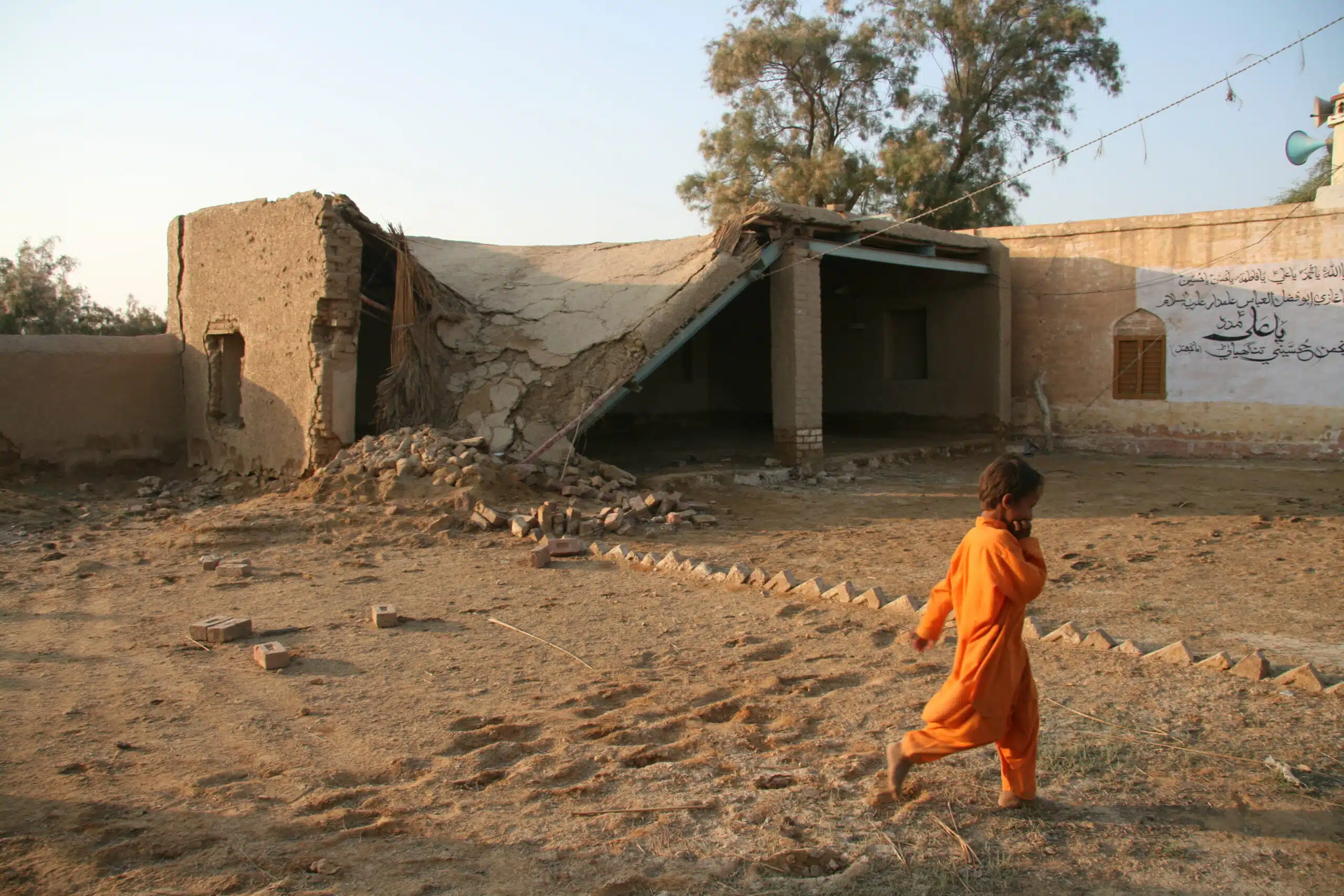
Ready to discuss your next project? Contact our team today.
Over the course of my career, I’ve worked as an engineer and programme coordinator across Africa and Asia, supporting humanitarian efforts in crisis-affected settings. My focus has been on restoring essential infrastructure and on providing humanitarian assistance to communities impacted by conflict and climate-related disasters
This has included re-establishing access to critical services such as water supply, electricity, and healthcare in areas where systems had collapsed or been severely disrupted. Where necessary, we also provided temporary infrastructure to meet urgent needs.
These interventions spanned multiple phases of the disaster cycle – from emergency response through to recovery and longer-term preparedness. Alongside restoring basic services, the aim was always to strengthen resilience and reduce vulnerability to future crises.
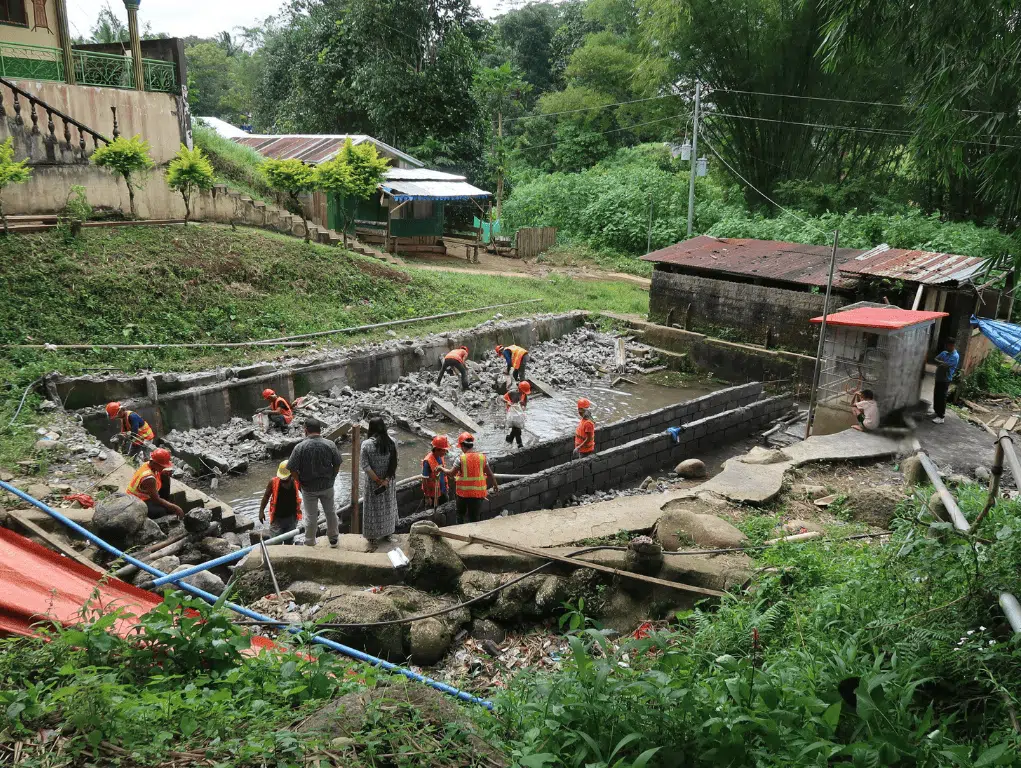
Construction of a water and sanitation facility for displaced people.
As part of multidisciplinary field teams, I led engineering assessments and developed practical, context-specific solutions for restoring critical infrastructure. Adapting to rapidly changing environments and working across cultures is just as important as technical and project management expertise. A central part of the role was working with authorities, local engineers and impacted communities to co-design interventions that built on existing capacities and could be sustained over the long-term.
This work has taken me to a diverse range of settings, including Nepal, Pakistan, Chad, Democratic Republic of Congo, South Sudan, the Philippines and Bangladesh – each presenting very different challenges.
Rural deployments, particularly in South Sudan, Chad and the DRC, often involved travel to remote areas with minimal infrastructure and unpredictable logistics. In contrast, projects in urban settings – including parts of the Philippines and Bangladesh – focused on repairing and upgrading existing systems and navigating the complexities of densely populated environments.
Each context required a different approach, from hands-on fieldwork to structured coordination with local authorities and partners. Working with committed, skilled national and international teams was a real highlight.
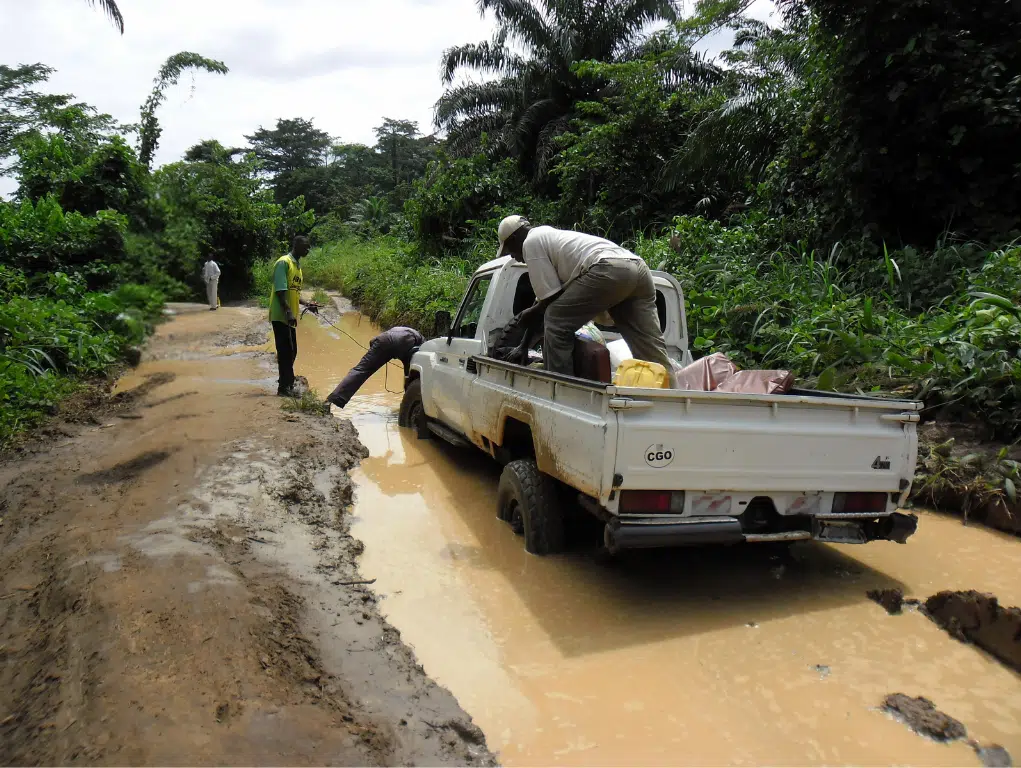
Logistical challenges in the Democratic Republic of the Congo.
Technical design is just one part of effective emergency preparedness and response. As with any engineering challenge, problem analysis is essential. It’s important to step back and consider the bigger picture: What are the strengths, challenges and priorities of authorities and affected populations – both before the event and in the current context? What coping mechanisms are already in place? Can we support existing structures rather than replicating or substituting? What opportunities are there to link emergency activities to longer term resilience building?
Building this contextual understanding requires insight and sensitivity; it’s important to remember that local authorities and colleagues may themselves be directly impacted by the crisis. The relationships formed during this process have been some of the most rewarding parts of the work.
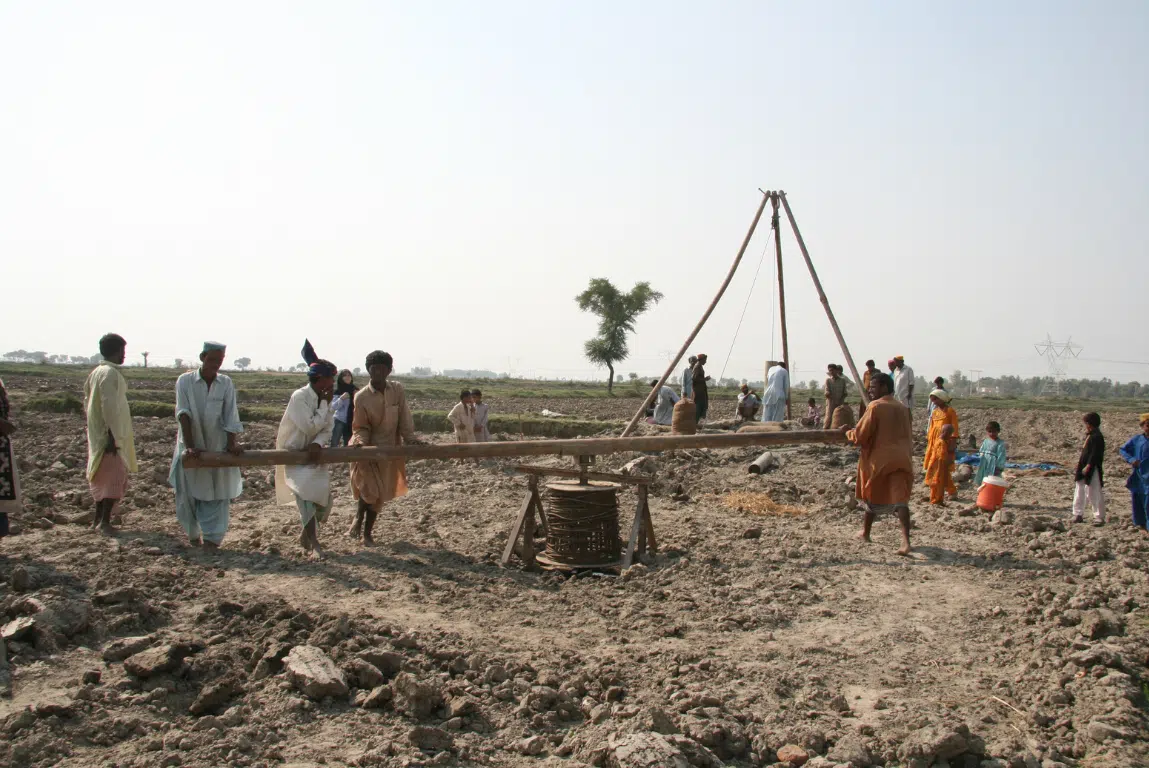
Borehole drilling for temporary water supply in Pakistan.
This experience continues to shape how I approach emergency preparedness and response at JBA. This grounding in the realities of crisis-affected settings helps us develop solutions that are practical, adaptable and rooted in local context. It’s also reinforced the importance of working closely with communities, government partners and humanitarian actors – something that sits at the heart of the work we do at JBA Global Resilience.


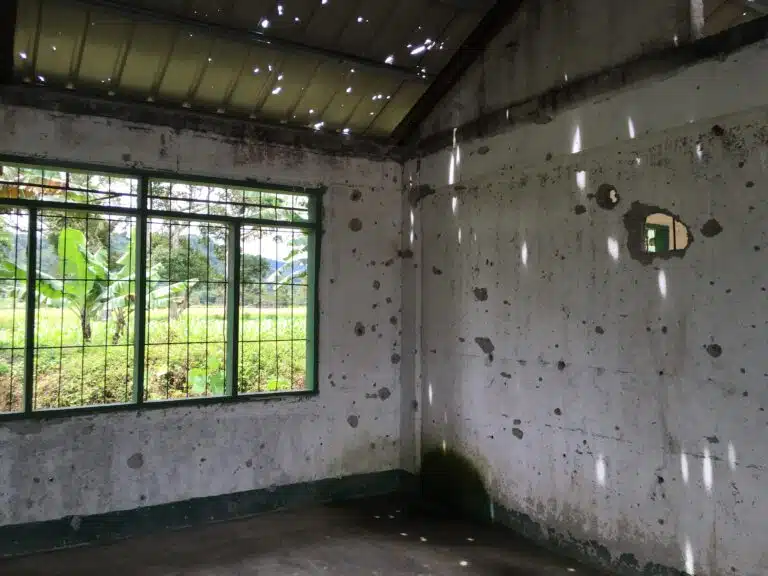
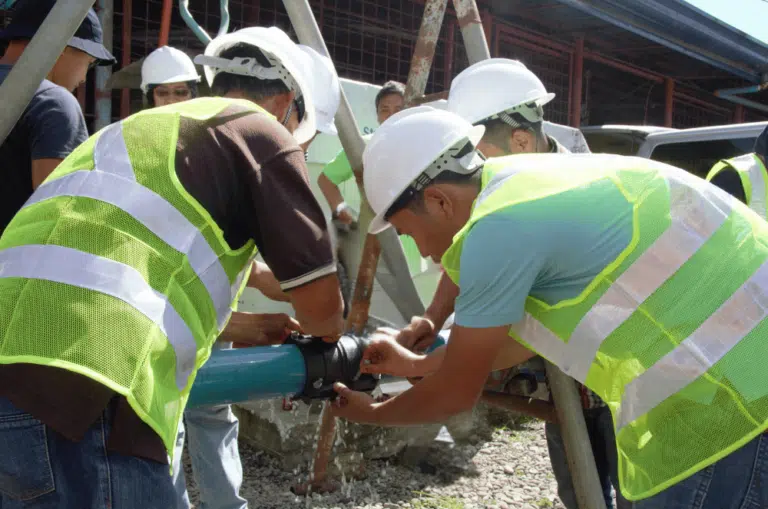
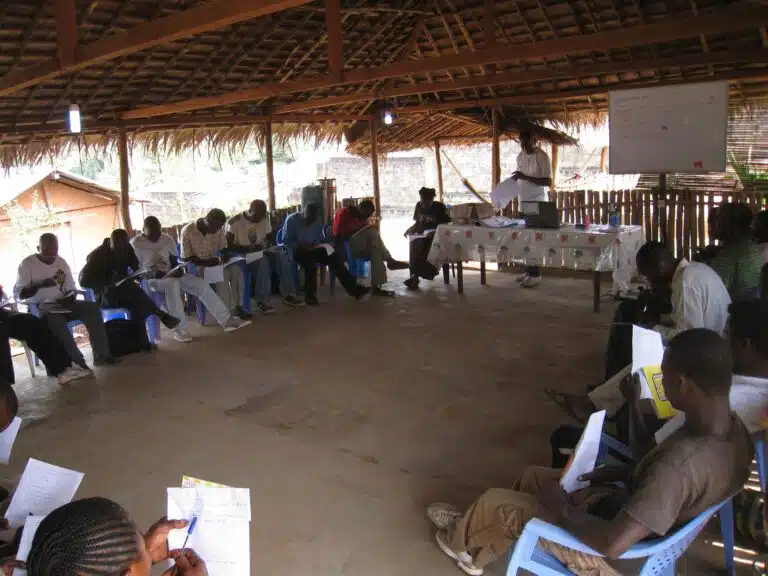
Ready to discuss your next project? Contact our team today.
Discover more about the challenges and solutions shaping resilience and sustainable development across the globe.